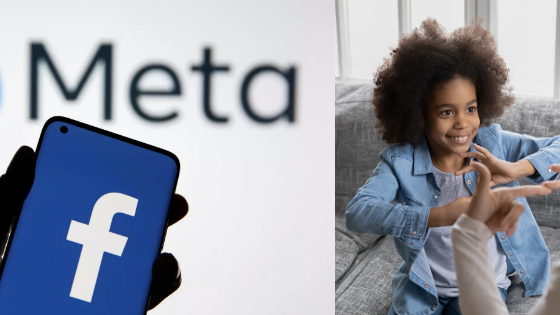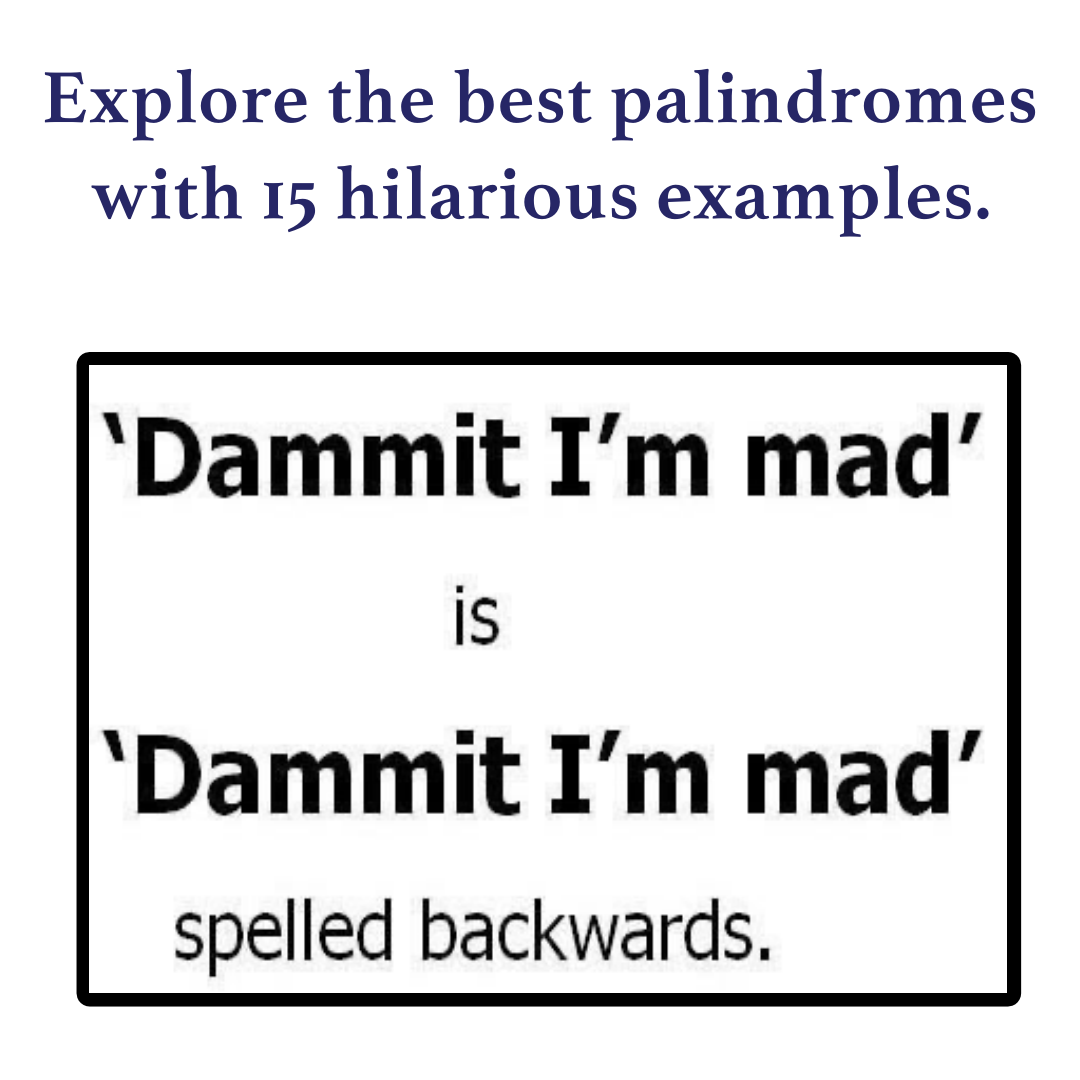In our modern, interconnected world, the significance of cross-lingual communication has grown immensely. As businesses extend their operations to diverse countries and cultures, the demand for precise and reliable translation has reached unprecedented levels. The introduction of artificial intelligence (AI) technology has ushered in a revolutionary era in translation, dismantling language barriers and facilitating seamless communication among individuals with varying linguistic backgrounds.
Thank you for reading this post, don't forget to subscribe!Based on the video:
- Meta AI has built a single AI model, NLLB-200, that is the first to translate across 200 different languages with state-of-the-art quality that has been validated through extensive evaluations for each of them.
- Meta AI also created a new evaluation dataset, FLORES-200, and measured NLLB-200’s performance in each language to confirm that the translations are high quality. NLLB-200 exceeds the previous state of the art by an average of 44 percent.
- Meta AI is now using modeling techniques and learnings from the project to improve and extend translations on Facebook, Instagram, and Wikipedia.
- Meta AI is open-sourcing NLLB-200 models, FLORES-200, model training code, and code for re-creating the training dataset in order to help other researchers improve their translation tools and build on our work.
Shedding light on other sources, the evolution of AI-driven translation tools has been remarkable, surpassing their initial stages of basic word-to-word translations. Presently, these tools possess the ability to comprehend context, idiomatic expressions, and even cultural subtleties, yielding translations that are both precise and linguistically authentic. This progress is made achievable through the utilization of sophisticated machine learning algorithms, which are trained on extensive bilingual text datasets. By assimilating the intricacies of various languages, these algorithms continually enhance their translation capabilities, resulting in highly refined outputs.
This might be useful: AI has brought back 15 languages people haven’t heard for centuries. Here’s what they sound like.
Google Translate stands out as one of the most renowned AI translation tools, catering to a vast user base of over 500 million individuals across the globe. Supporting more than 100 languages, Google has made consistent advancements in its translation algorithms. By integrating neural machine translation technology, the quality of translations has been significantly elevated. As a result, users can now engage in real-time communication, be it through text or voice, breaking language barriers and presenting businesses with newfound prospects to connect with global audiences.
Microsoft’s Translator is another groundbreaking AI translation tool, seamlessly integrated into various Microsoft products like Office, Skype, and even the digital assistant Cortana. This integration empowers users to access translation services effortlessly within their everyday applications, simplifying communication with colleagues, clients, and partners from diverse linguistic backgrounds. Microsoft has also made notable advancements in real-time speech translation, exemplified by the “conversation mode” feature, enabling users to engage in live, translated conversations with others speaking different languages.

Apart from industry giants, the AI translation space is witnessing remarkable contributions from startups and smaller companies. DeepL, a German-based company, has gained recognition for its self-developed neural machine translation system, lauded for its impressive translation quality. Other companies like Lilt and Unbabel combine AI technology with human expertise, leveraging professional translators to review and refine machine-generated translations, ensuring the utmost accuracy and fluency.
While significant strides have been made by AI translation tools, challenges remain. Languages with fewer speakers and limited training data pose quality issues. Additionally, capturing nuances like humor, sarcasm, and idiomatic expressions still presents difficulties for AI systems. However, ongoing technological advancements and the availability of more data are expected to address these challenges, further enhancing the capabilities of AI translation tools.
The implications of AI-powered translation advancements are profound. For businesses, effective communication with customers, partners, and employees from diverse linguistic backgrounds translates into expanded global reach, enhanced customer satisfaction, and improved collaboration within international teams. Individually, AI translation tools facilitate personal connections, simplify travel, and foster a deeper understanding of different cultures.
In a nutshell, the progress made in developing AI tools for seamless translation is dismantling language barriers and revolutionizing cross-cultural communication. As these technologies continue to advance and gain wider adoption, we can anticipate a future where language differences no longer impede our ability to connect and exchange ideas, fostering a more interconnected and empathetic world.
Source: CityLife







